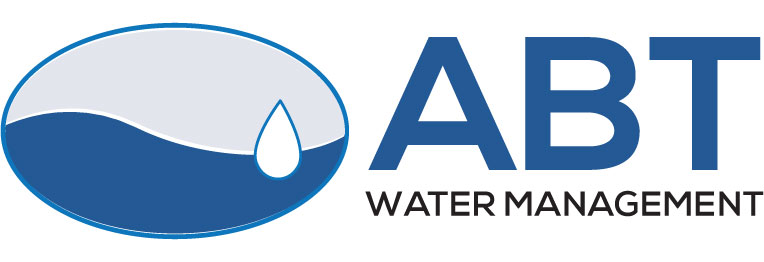Recouping Your Water Meter Installation Cost
Detecting Wasteful Leaks
The first way the addition of extra meters through submetering can pay for itself is by detecting water loss. If there is a seldom-used faucet that is dripping, or a pipe with a slow leak in a hidden location, that extra water usage can be lost in the scope of single meter. With a meter assigned directly to the area where the problem is, however, a sudden spike in water usage would be quite noticeable and might inspire the owner to look into it and find the problem, saving money in the long run.
Tenants Water Use
You are probably going to foot the bill for water that is being used by your tenants if you aren’t submetered, and its coming out of your lot rent, right? You might wonder what the advantage is of submetering for a landlord. The answer is simple-accountability. If someone knows that how much water they use will directly affect how much they have to pay, they will use less water. This means that they pay less and their housing expenses are lower, making them a happier tenant who will stay longer and cause you less problems. It also makes the distribution of water cost fair, which can be a selling point to new tenants.
Detecting Inefficiency
In a business setting, having a water meter on each floor or area of an office building or factory can be a very good idea. Identifying a process that is using excessive water can go a long way toward paying for the water meter installation cost. Even if there isn’t a specific area of waste, simply identifying the true amount of water used by each process in a factory can help make budgeting more accurate in the future.
